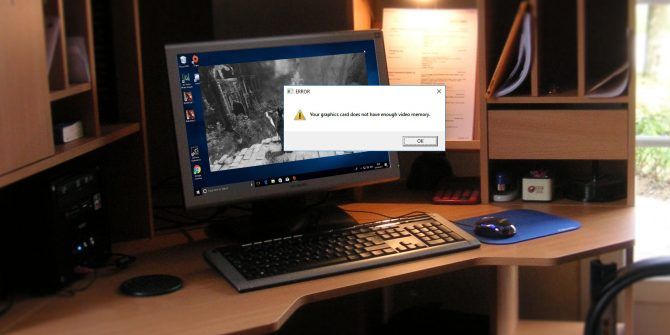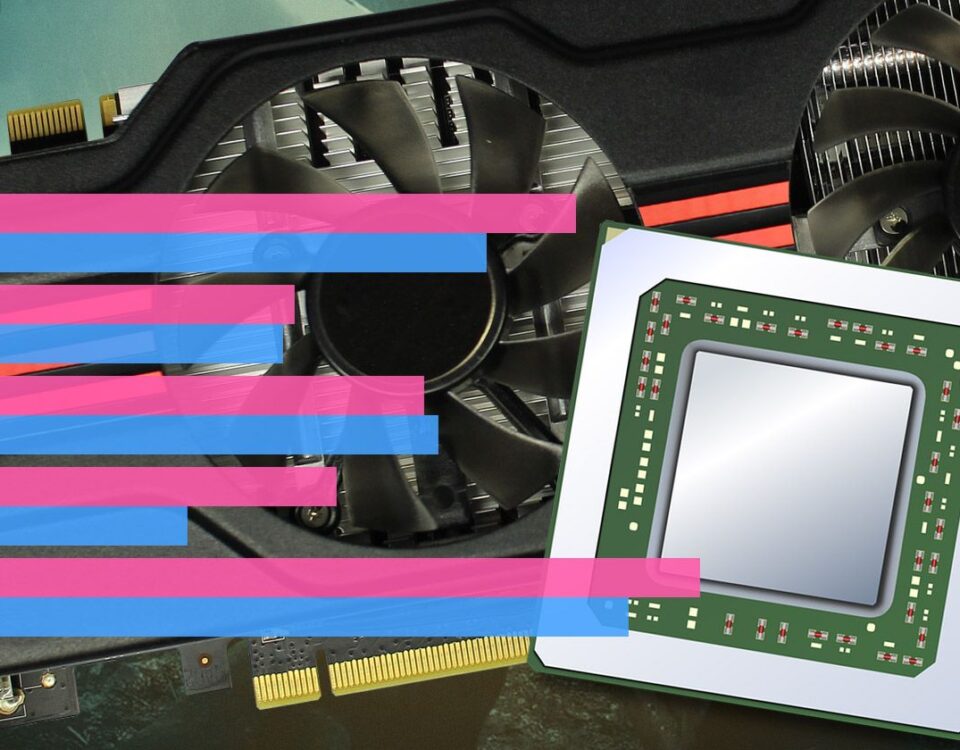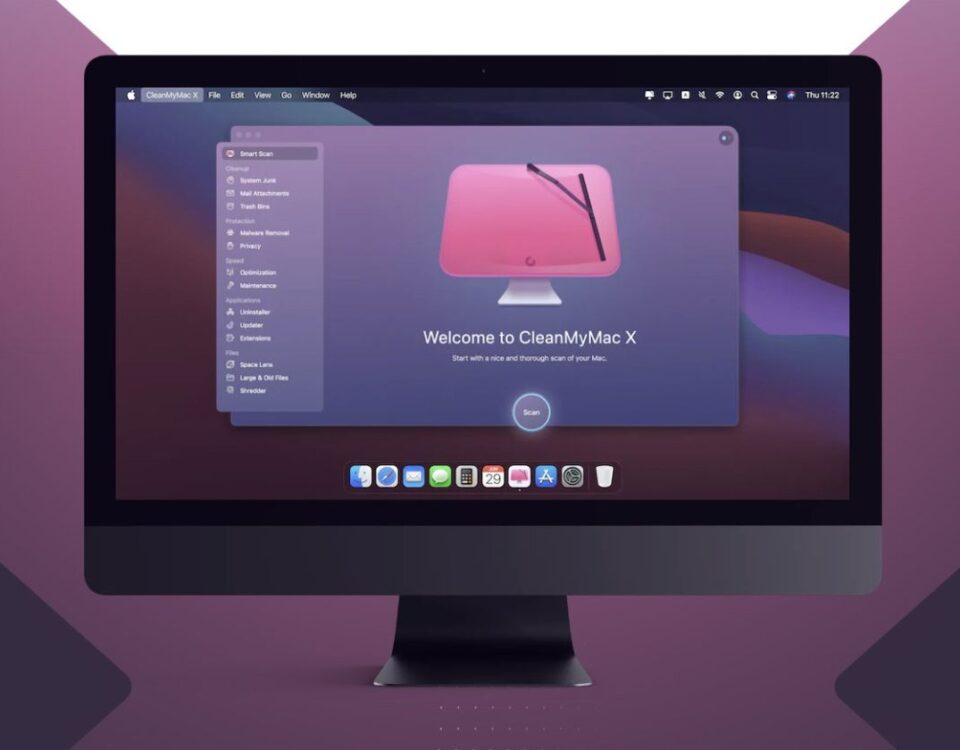Some of the early signs of faulty Mac hardware range from misbehaving keyboards and jittery trackpads to power problems, garbled audio, booting issues, and beyond. But worry not, our tips will help you troubleshoot common Mac hardware issues yourself without having to make an appointment with the Genius Bar at your local Apple Store.
10. Mac Won’t Charge or Turn On
If macOS won’t boot, hold the power button until the screen goes blank, then let go and press the button again. Resetting the NVRAM, PRAM, and SMC could also easily fix your charging problems. To see if you perhaps need a new battery, check your Mac’s battery’s cycle count.
Verify whether your power adapter and cable work on another Mac. Then rule out any power problems in your home by resetting a power breaker or GFI outlet. Your Mac’s power button might be broken instead, so double-check it. If the problem you’re having is rooted in a failing logic board, you’ll need to pay for a physical Mac repair.
9. Flashing Power LED or Audio Warnings
A flashing power or MagSafe LED means dodgy internal hardware—use Apple’s built-in hardware diagnostics to identify the culprit. Hold down D while turning on the machine to access and use Apple’s diagnostics tests. With a diagnostics check finished, you’ll see whether the battery, processor, or something else is malfunctioning.
If you hear loud tones during startup, the RAM has failed to pass an integrity check. Resetting individual RAM modules could fix this, provided you’re able to freely access the RAM modules, which isn’t easy on newer machines.
8. Mac Starts Up to a Question Mark
If you spot a folder with a flashing question mark displayed on the screen when your Mac is booting, there could be something wrong with the startup disk. Either the disk is physically damaged or your Mac is having trouble locating its macOS operating system software.
To fix this problem, enter the macOS Recovery system by holding Cmd + R at boot time on an Intel-based Mac. If you have an Apple silicon Mac, press and hold the power button, then choose Options and click Continue. Choose Disk Utility from your Recovery options and click the First Aid option to check your startup disk for errors. If Disk Utility found or repaired no errors, you may need to reinstall macOS in Recovery Mode.
7. Mac Doesn’t Start Up All the Way
A black or gray screen or macOS not booting all the way indicates an issue with the operating system or apps that load automatically at startup. In that case, enter Safe Mode to see if a startup item is preventing macOS from loading properly.
On Intel Macs, press the Shift key at boot time to invoke Safe Mode. On Apple silicon Macs, press and hold the power button and select your startup disk, then press and hold the Shift key and chose the Continue in Safe Mode option.
Use Disk Utility in Safe Mode to fix disk permissions or try to repair a corrupt file system. If you still can’t get to the desktop, learn how to recover critical files from a Mac that won’t boot.
6. No Display Backlight, Screen Flickering, or Other Screen Issues
Start by perusing our guide covering how to troubleshoot common macOS problems with multiple monitors. You’ll barely see any images if the display has a broken backlight, but first check if this might be something as simple as the screen brightness being turned down. If the screen is flickering, boot into Safe Mode and then revert to factory display settings by going to System Preferences > Display and clicking the Default for Display option next to Resolution.
If your external display supports variable refresh rates, try selecting one of the fixed ones in the Refresh Rate menu. Changing your screen mirroring options or unplugging external displays could also help alleviate the problem.
5. Erratic Trackpad or Mouse Movement
Be sure to check out our troubleshooting tips for fixing jittery trackpads and other tips to fix common mouse problems on macOS. It’s always a good idea to try turning off your trackpad customization settings in System Preferences > Trackpad one by one, in order to isolate a potentially problematic setting. It could be something as simple as turning on dragging!
4. Physical or Liquid Damage
You’re recommended to take a few precautionary steps to physically protect your Mac. In case of liquid damage, turn off the computer immediately, disconnect it from power, and unplug any accessories. If possible, flip your Mac over to disconnect the battery.
If you’re tech savvy, and you have the right tools, you can remove the back cover to remove as much liquid as possible from the internal components. Be sure to give the machine 24 to 48 hours to dry before closing it again.
Still no dice? It’s time to reach out to Apple Support! Apple’s one-year warranty covers manufacturing defects and malfunctioning hardware. However, you’ll need to pay out of pocket to fix any physical damage caused by spilled liquids.
The best band-aid solution to these faulty butterfly keyboards is the Unshaky tool, which effectively dismisses multiple key presses. You can download Unshaky from GitHub for free. The app is no longer actively maintained, but still works as advertised on macOS Monterey.
2. Peripherals Not Working
Yes, even peripherals may confuse your Mac. Some of the external devices you can plug into those USB-C or Thunderbolt ports include printers, cameras, storage drives, network appliances, and so on. Start the troubleshooting process by unplugging accessories one by one.
Restart the computer after disconnecting each accessory until you identify which one’s interfering with your Mac’s functions. Try to change the settings on your peripheral device or switch to the defaults to see if doing so addresses the problem you’re experiencing.
You should also test any malfunctioning peripherals in different ports with different cables, to rule those out as well.
1. Mac Restarts After a Kernel Panic Message
If your Mac suddenly displays a kernel panic screen, write down the time this occurred and restart the computer. Kernel panics are one of several signs there is a problem with your Mac.
After macOS reboots, there should be a log file on the desktop. If not, find it manually by holding the Option key while clicking the Finder’s Go menu, then choose Library. In the Finder window that opens, navigate to the Logs/DiagnosticReports subfolder and identify the most recent file with a .panic extension.
Apple’s support agent might request this file to troubleshoot the panic. To review it yourself, open the file in TextEdit and scroll through it to locate the correct time stamp and learn why the kernel panicked.
Does your Mac crash unexpectedly or restart on a whim? Are apps freezing? Those symptoms suggest complications on the software front. For those scenarios, follow the troubleshooting steps to fix common macOS software problems.
If none of the above tips prove helpful, contact Apple’s support department instead. To speed up the process, tell your support agent you’ve already performed all these troubleshooting steps.
Computer Problems Are a Fact of Life
No technology is immune to problems, including Apple’s Mac computers. You should only resort to paying to service a faulty Mac after trying our free troubleshooting tips. Remember, many hardware problems on the Mac can be easily resolved by adjusting a few settings.












